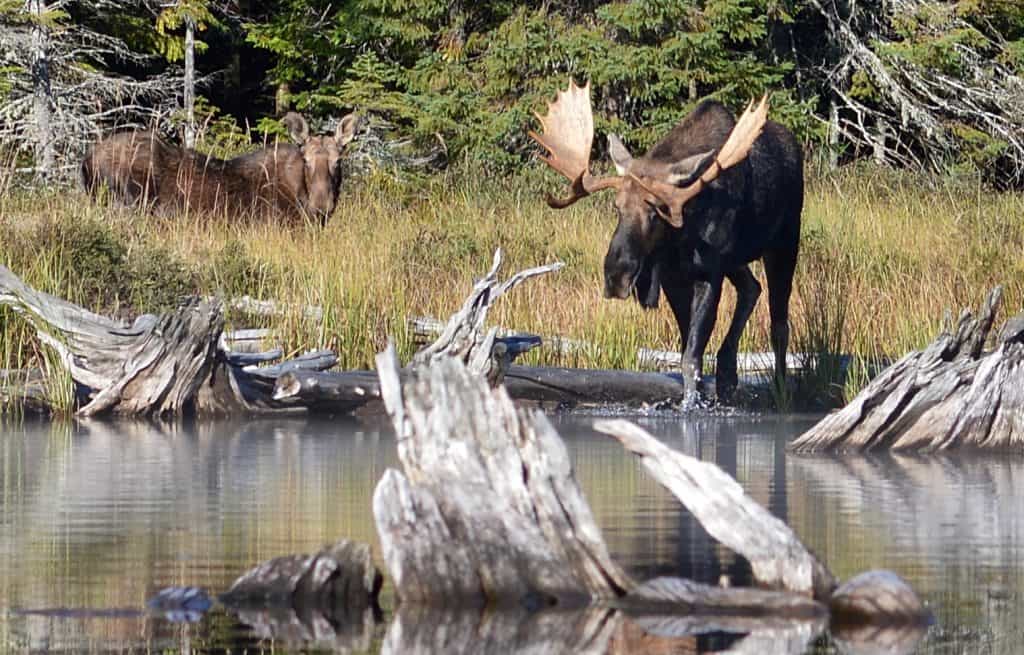
The number of moose in the sprawling Canadian province of Ontario, which includes Quetico Provincial Park and other popular wilderness areas, has declined by about 20 percent in the last decade. In some regions, it has been 50 to 60 percent.
The dwindling numbers are reminiscent of Minnesota’s herd, which has dropped by at least half since 2006.
According to a report by the Environmental Commissioner of Ontario in 2016, there are now about 92,300 moose – about 22,300 fewer than 10 years ago. In nearly half the province’s moose management units, too few calves are reaching breeding age to keep the population stable.
In the early 2000s, Ontario’s moose population was about 115,000, having risen from a historic low of 80,000 in the 1980s with hunting restrictions and management policies.
Just like in Minnesota and other parts of North America where moose populations have plummeted, the causes for the decline are many, and interconnected.
“Scientists haven’t identified a single cause of declining moose populations, but the broad geographic scale and synchronous nature of these trends has led some to suggest that there may be common factors driving moose declines across the region,” Environmental Commissioner Dianne Saxe wrote. “Part of the difficulty in determining the cause is the range of pressures on moose, which include habitat degradation, disease and parasites (e.g., winter ticks), hunting, predation, and severe weather. Climate change will exacerbate many of these pressures.”
Moose are highly-valued by Ontario residents, including First Nations people. That’s one reason the report raised alarms, and also a reason that reversing the decline might be difficult. The province has approximately 98,000 licensed moose hunters – more than one for every moose, while Aboriginal peoples have legal rights to take moose without licenses.
The commissioner’s report included two other recommendations for responding to the problem:
- Mandatory reporting for all licensed moose hunters.
- Examine and publicly report on whether habitat-related issues are playing a role in moose declines.
The province has already responded by restricting the hunting of moose calves. Every licensed hunter in the province is still allowed to take one calf per season, but the seasons have been shortened in the past two years.
“It doesn’t make sense — in a population of animals that is declining — that you are taking out the future breeders,” Dave Pearce, manager of forest conservation for the Wildlands League, told the Toronto Star. “It’s essentially the future of the population.”
The environmental group is also calling for the creation of “Moose Refuge Areas.” Areas with limited road access and restricted mechanized transportation would “allow moose to thrive and recover.”

